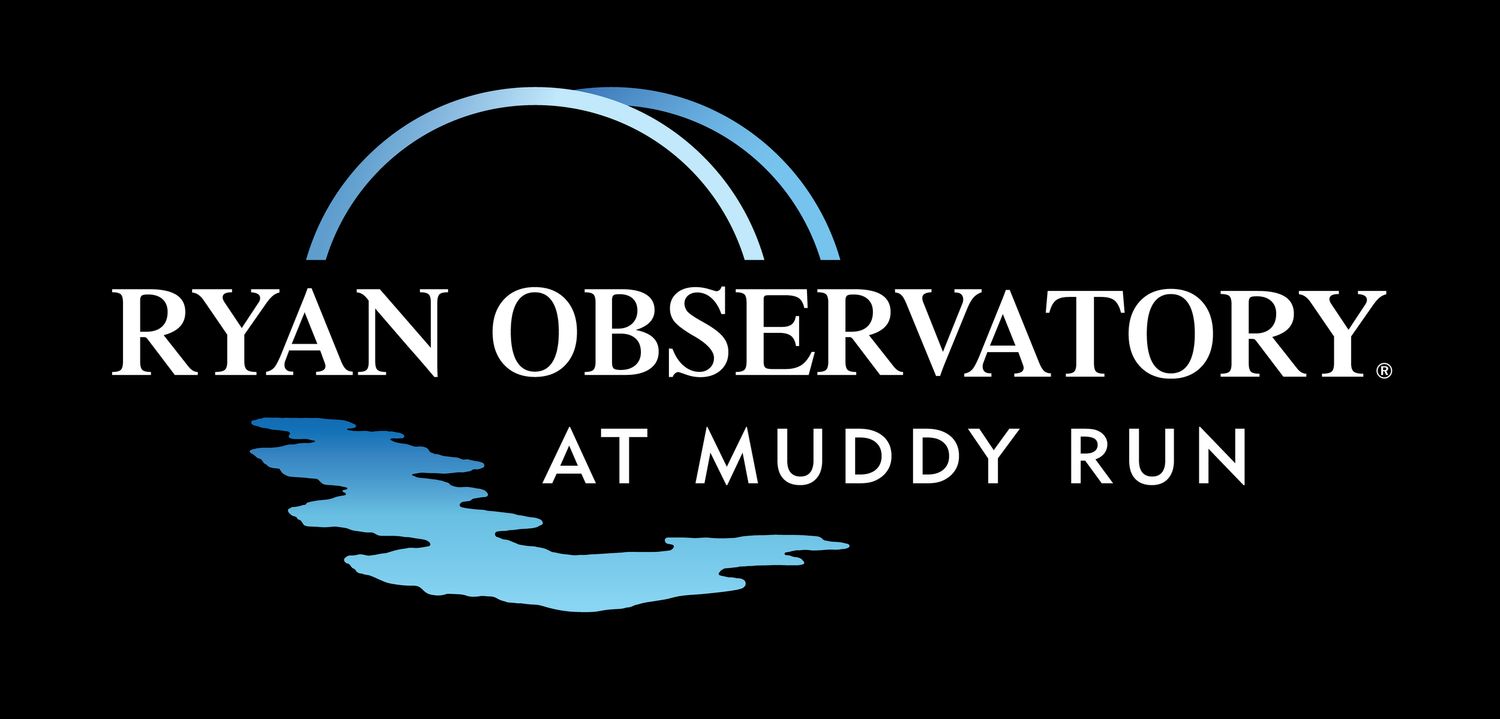Catching the Shadow of an Asteroid's Moon
April 16, 2021
Roxanne Kamin and Bernie Earls
Asteroids are bits and pieces of space debris left over from a broken planet that failed to form between Mars and Jupiter in an area known as the “asteroid belt”. Located about 111 million miles from Earth, main belt asteroids are drawn by the Sun’s gravity and orbit throughout our solar system.
While a small number are metallic in composition, most asteroids are of stone or rocky carbonaceous materials that haven’t yet coalesced into a planet. Of the 930,000 currently identified asteroids, Ceres at 600 miles in diameter is the largest and qualifies as a dwarf planet, while Vesta is the brightest and often mistaken as a star when viewed with binoculars. Recently, it was discovered that even some of the larger asteroids have moons.
Professional astronomers study asteroids by measuring their size, determining their shape and gathering orbital data to understand how our solar system formed, developed and is evolving. Amateur astronomers on a global network assist in providing these measurements. This past April, Ryan Observatory at Muddy Run joined a number of North American observatories who volunteered to help professional astronomers measure the small moon of the asteroid Haumea, as Haumea orbited located beyond the planet Neptune nearly 5 billion miles away. This moon, named Hi’iaka, is only 200 miles in diameter.
Ryan Observatory used the technique of “occultation” to measure Hi’iaka. When an object, like an asteroid or a planet, passes in between a line of sight and a distant star, the light of that star disappears, or is occulted during that passage— like a silhouette or how the Moon blocked the Sun during the 2017 Eclipse. Astronomers image the light curve, measuring the dips and changes in light to determine the size of the target object along with other parameters.
The predicted path for the occultation of Hi’iaka in April placed Ryan Observatory just outside the predicted shadow zone for the observation. Due to the unexpected orbital speed of Hi’iaka, the path shifted northward and Ryan Observatory was one of only two locations successful in capturing positive data. These results will allow astronomers to further refine the orbit along with the size of Hi’iaka.
The chart below shows how the light of the target star suddenly drops (blue curve) compared to a comparable non-occulted star (green curve) and guide star (yellow curve). The light curve data was collected over a 40-minute imaging session using a QHY174M GPS camera (the same tools used by the New Horizons team) by Ryan Observatory volunteers Roxanne Kamin of Harrisburg and Bernie Earls of Lancaster. The Hi’iaka occultation data collected was shared with the International Occultation Timing Association (IOTA) along with the Lucky Star project - Observatoire de Paris LESIA , which is supported by the European Research Council (ERC).
Ryan Observatory will be participating in additional occultation and variable star measurement projects throughout the year, including the upcoming Jovian Mutual Events in which the Galilean Moons of Jupiter will eclipse each other. In addition, the observatory is summer hosting a high school intern to assist and work on a number of these projects. Interested students may contact the Ryan Observatory if they wish to participate in an internship and learn more about the science of astronomy.

